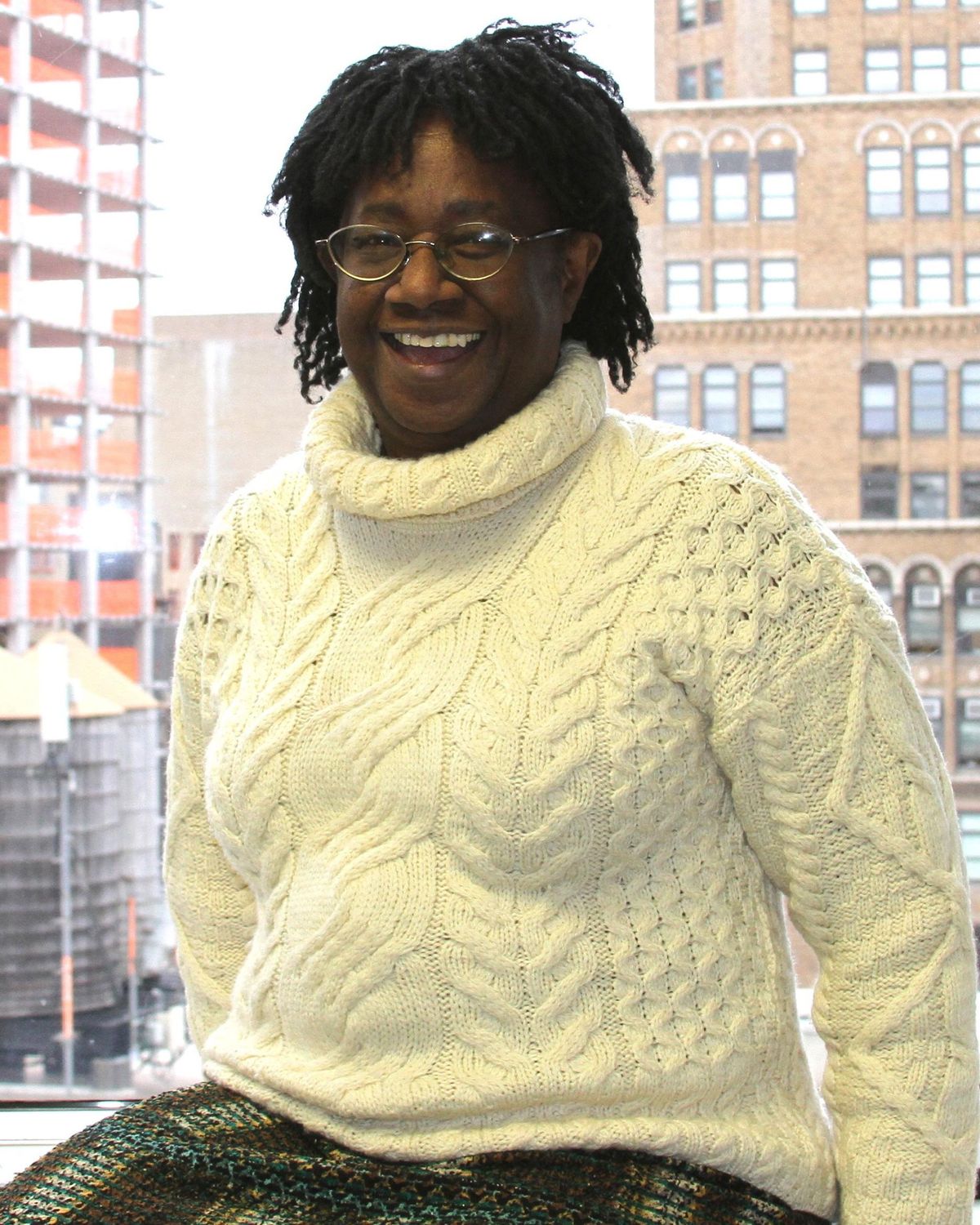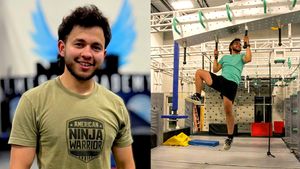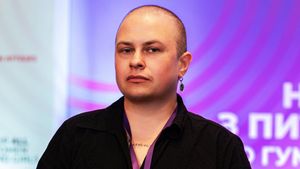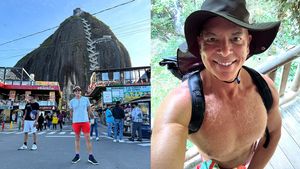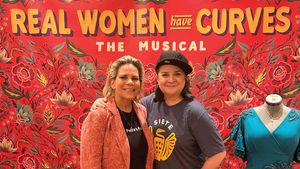Andresa Person, manager of HIV Program Development, VNSNY CHOICE Select Health at the Visiting Nurse Service of New York, says home health care is actually helping people with HIV live longer (healthier) lives. We asked her to explain how home health care works, debunk the myths about who can access it (hint, you don't need to be a senior or someone dying), and how it can help you stay on your treatment regime and stay happy, healthy, and active in the new year.
A lot of people living with HIV or AIDS don’t think about what kind of in-home care is available to them or what they might need. Tell me about VNSNY and what you help clients with.
As the largest provider of home care to individuals living with HIV/AIDS in New York City, the Visiting Nurse Service of New York provides our patients with a wide range of home care services and a multidisciplinary approach to care. From nurse and doctor visits to physical therapy and social work, we work with patients and their physicians to develop and provide a personalized plan of care and home support that helps them live with dignity and independence that align with their individual needs. For some patients, VNSNY provides support with daily living and household management, including help with bathing and dressing, shopping for and preparing meals, household chores such as laundry and light cleaning, even providing them transportation to and from medical appointments. For others, care might involve assistance managing chronic conditions that often affect aging patients with HIV.
Often our patients see multiple doctors and specialists, all of whom prescribe different medications; we look at drug-to-drug, and food-to-drug interaction to guarantee the best care possible. Our VNSNY nurses sometimes serve as a liaison between patient and physicians, helping patients clarify questions they may want or need to talk with doctors about and managing their treatment plan as needs change over the months or years. The coordinated care that VNSNY provides is truly the key to improved health outcomes for many of our patients.
Now that people are living with HIV longer, is there a greater need for in-home care?
The need and the trend are really about the personal needs of each individual patient. We put a lot of emphasis on education and empowerment and today most of our patients are able to manage their disease well at home. We’ve been successful at teaching people how to manage the virus confidently so they can maintain their independence and maintain a good quality of life. Our patients mostly deal with the comorbidities that come along with aging with HIV, such as diseases of the cardiovascular system, kidneys, liver, cognitive function, malignancies, and metabolic bone disease. We try to work with each person individually so he or she becomes treatment adherent.
How does in-home care help people remain independent?
VNSNY’s multidisciplinary approach provides patients and their families with information about how to manage medications, give injections safely, get proper nutrition and exercise so they can live comfortably and safely at home. Our patients have access to registered nurses, home health aides, social workers, and physical and occupational therapists, all of whom work together to evaluate the level of care that the patient needs at any given time in order to live safely and independently in their own home.
What’s the biggest misperception about what VNSNY does in relation to HIV and AIDS care?
I think people do recognize VNSNY as being at the forefront of HIV/AIDS care, especially for the aging population. Perhaps the biggest misperception might have to do with not understanding the range of care available in the home and community from VNSNY. For example, in addition to the multidisciplinary home care team that I’ve mentioned, there are psychosocial specialists who assess patients in their home environment and educate them about community resources available to help them further. The psychosocial assessment provides holistic insight that takes into account the patient’s living environment, family situation and other factors that might not show up in a doctor’s office visit. Actually, word of mouth has helped bring awareness to the wide range of services we provide, and people tend to think of VNSNY as experts in this field.
What’s the best advice you gave someone who is aging with HIV and other comorbidities?
At VNSNY, we work with and educate our patients on how important it is that they follow their individual treatment plan no matter what. If you are engaged with your medical care provider, take your medications as directed, and find support through family, friends, and organizations like VNSNY and other community groups, your chances of staying healthy and active are very good.
Tell me an anecdote about a person who really impacted you or really made you feel like, yes, that's why I do this?
Not very long ago, I worked with a patient who came to us with several heart and kidney conditions, and had become very isolated and depressed. He was in very bad shape emotionally and felt overwhelmed by his medications and the disease. Through care coordination with his doctor, it was decided that the patient should stop antiretroviral therapy because he had not been following his medication regimen. Our team immediately began working to address the patient’s depression with one-on-one counseling, nutritional coaching and education about the importance of following the prescribed medication regimen, even on days when you “don’t feel like it.” The VNSNY team was able to get this gentleman back on a treatment routine that he was motivated to adhere to, and give him a foundation for physical therapy that helped ease discomfort, which was fueling depression. The downward spiral has all but disappeared, and everyday this patient is becoming more and more engaged in community support groups that help him and others as well. He’s even become a member of our advisory board.
